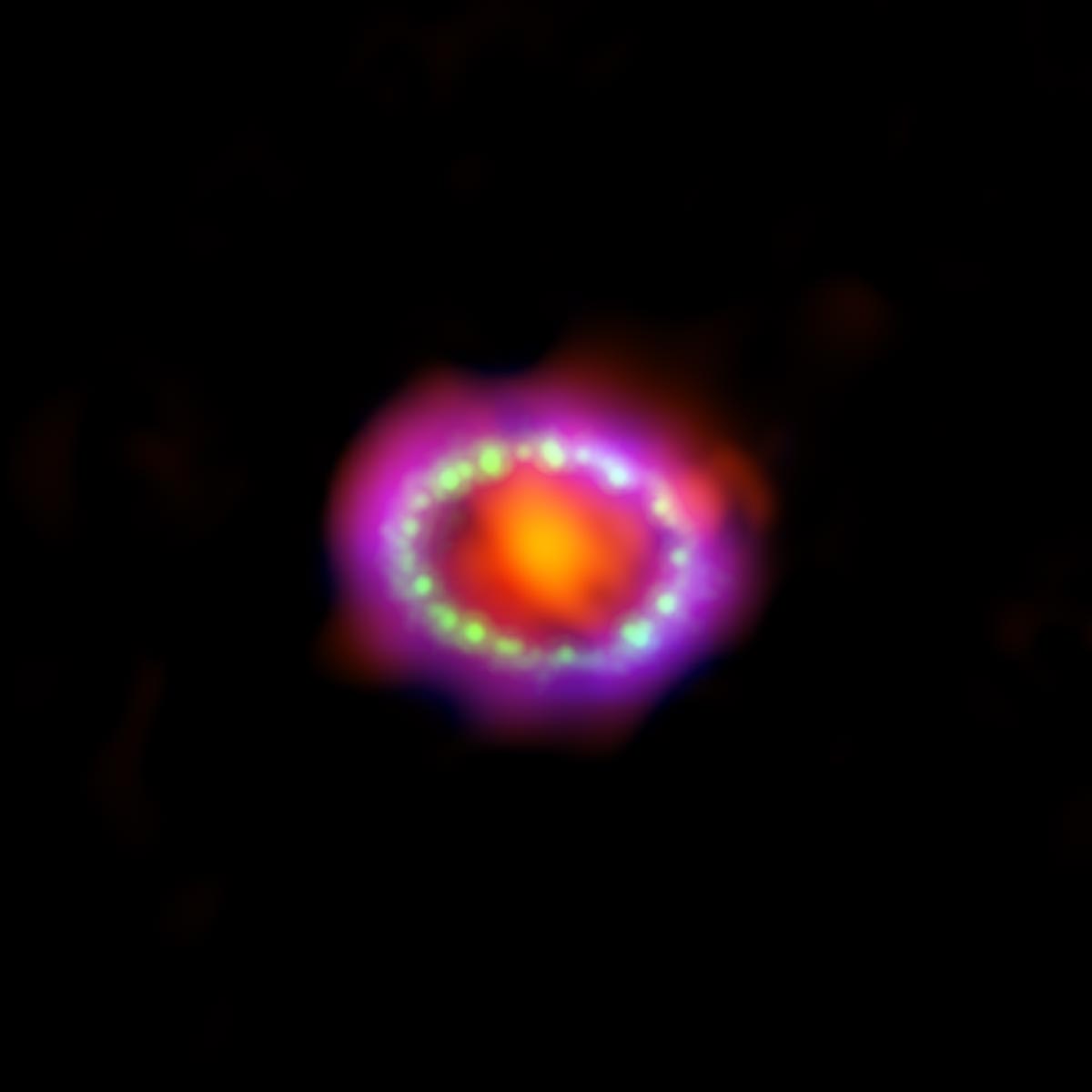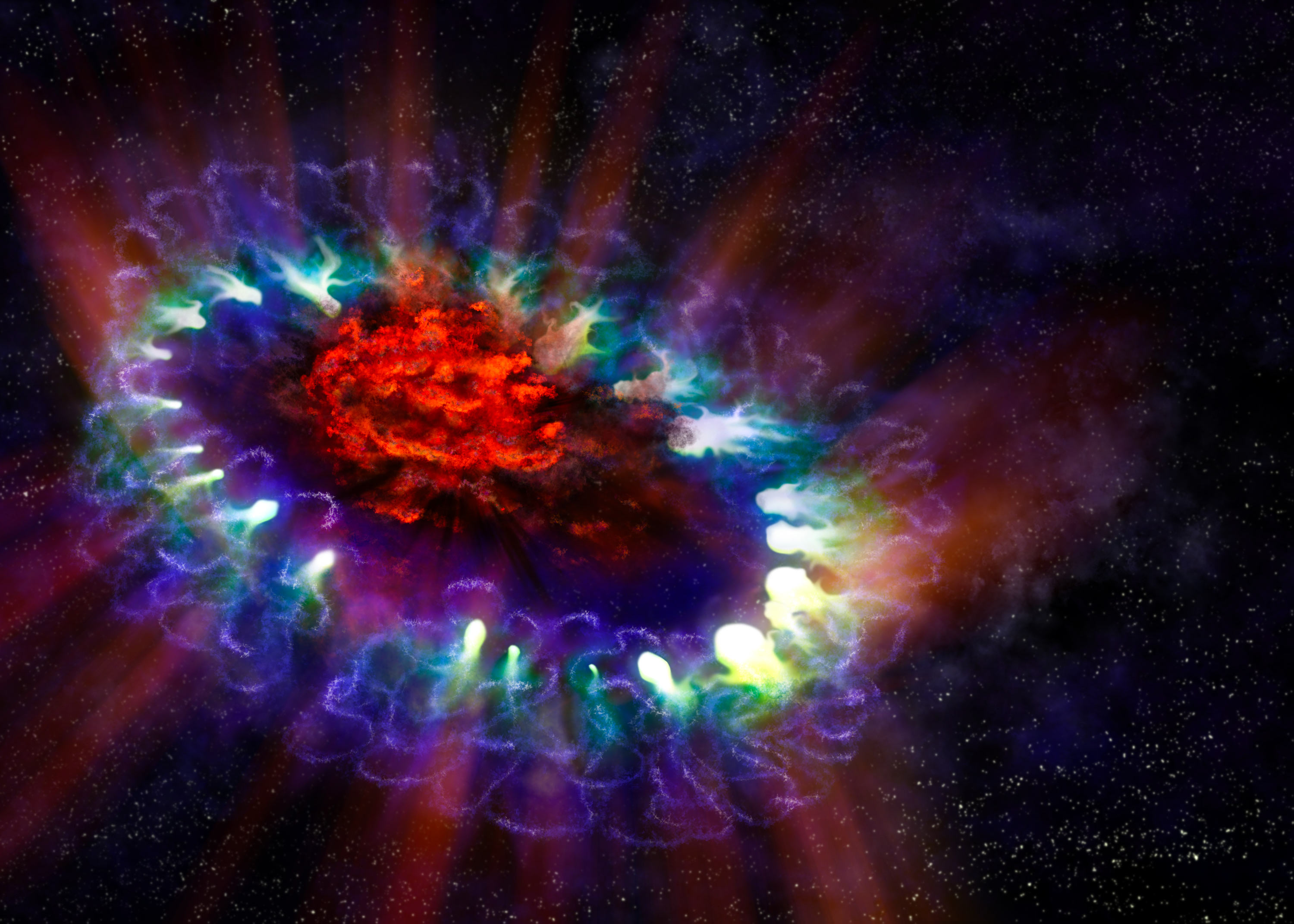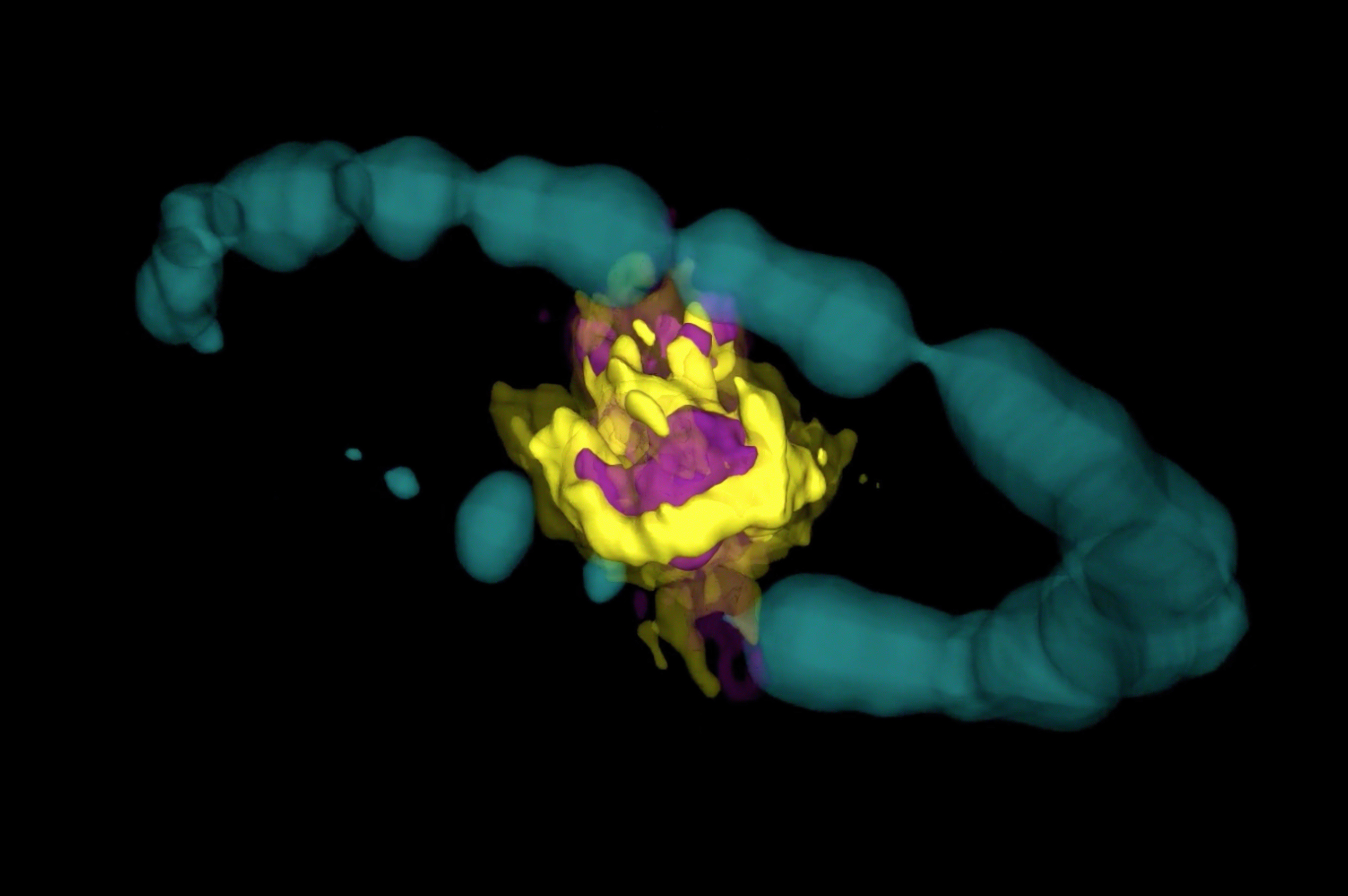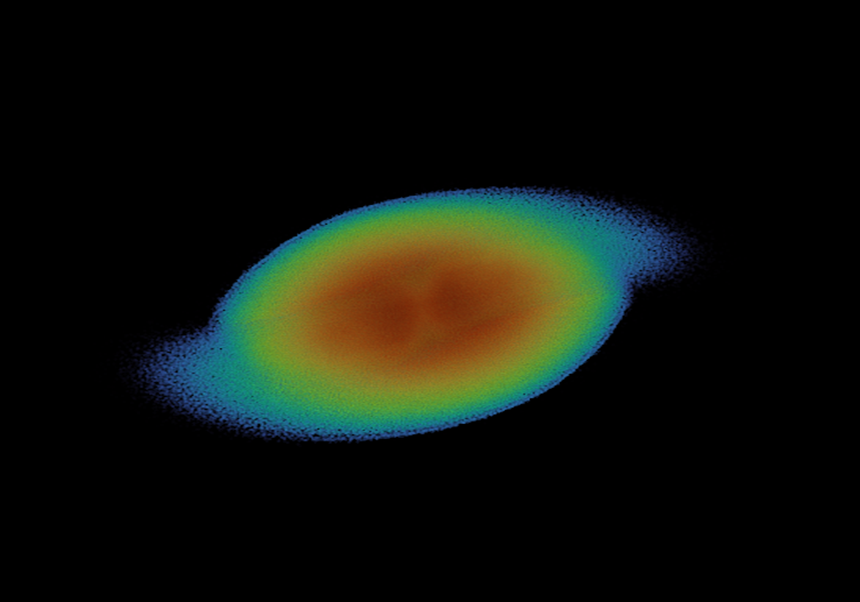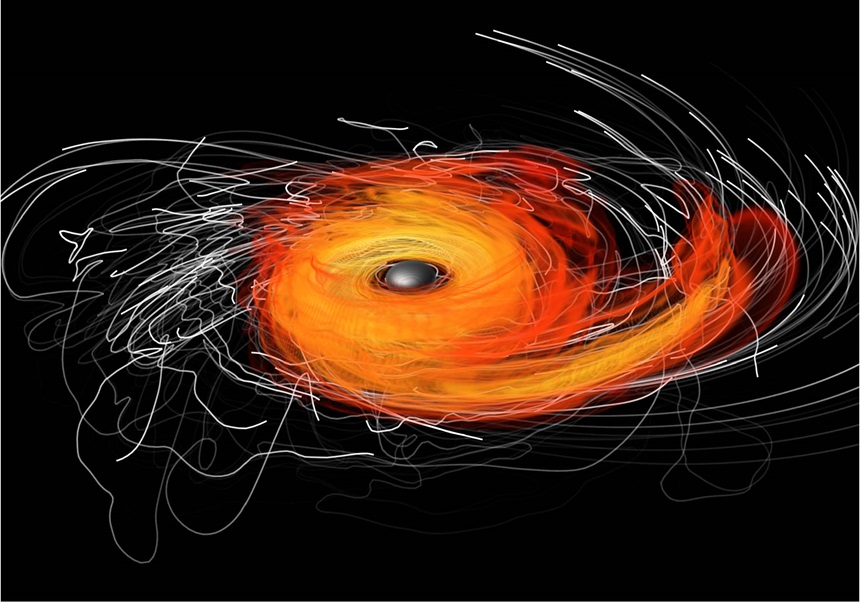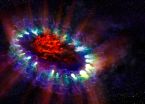
Conferències al DAA. Xarrada a càrrec de l'investigador predoctoral Francisco J. Abellán de Paco, del Departament d'Astronomia i Astrofísica (UVEG). Lloc: Seminari del Departament d'Astronomia i Astrofísica, 4a planta de l'Edifici d'Investigació, a Burjassot. Dia: dijous 18 de gener de 2018. Hora: 11:00.
RESUM:
Most massive stars end their lives in core-collapse supernova explosions and enrich the interstellar medium with explosively nucleosynthesized elements. Following core collapse, the explosion is subject to instabilities as the shock propagates outward through the progenitor star. Observations of the composition and structure of the innermost regions of a core-collapse supernova provide a direct probe of the instabilities and nucleosynthetic products.
SN 1987A in the Large Magellanic Cloud is one of very few supernovae for which the inner ejecta can be spatially resolved but are not yet strongly affected by interaction with the surroundings. Our observations of SN 1987A with the Atacama Large Millimeter/submillimeter Array are of the highest resolution to date and reveal the detailed morphology of cold molecular gas in the innermost regions of the remnant. The 3D distributions of carbon and silicon monoxide (CO and SiO) emission differ, but both have a central deficit, or torus-like distribution, possibly a result of radioactive heating during the first weeks (“nickel heating”). The size scales of the clumpy distribution are compared quantitatively to models, demonstrating how progenitor and explosion physics can be constrained.
Imatges:






